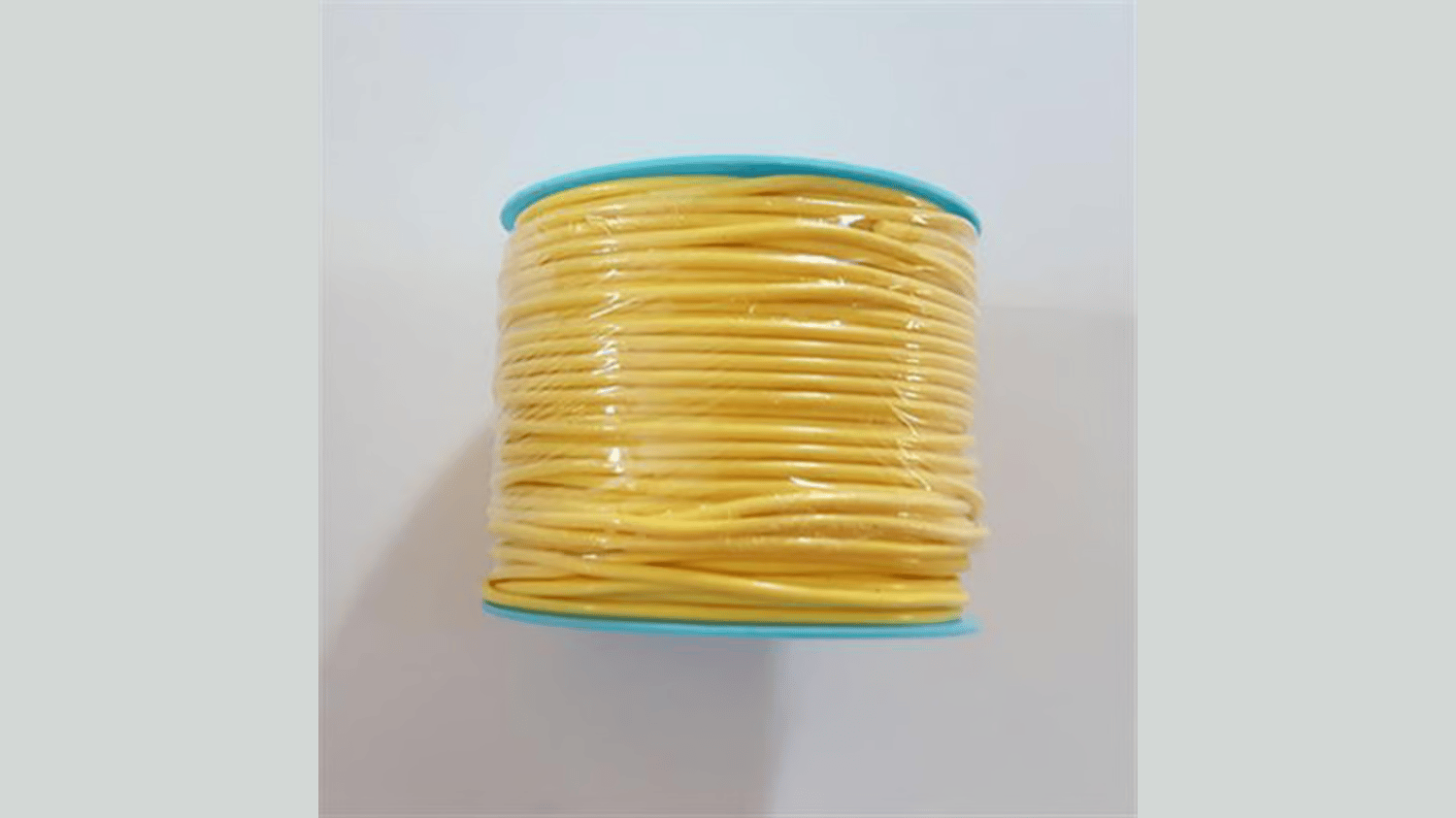Understanding the Basics of Welding Rod Selection
Choosing the right welding rod is crucial for achieving optimal performance in your welding projects. Different welding rods have different properties and are designed for specific types of welding processes. By understanding the basics of welding rod selection, you can ensure that you are using the right rod for the job.
Consider the Type of Metal Being Welded
One of the key factors to consider when selecting a welding rod is the type of metal you will be welding. Different metals require different types of welding rods to achieve strong and durable welds. Make sure to match the welding rod material to the metal being welded for best results.
Choosing the Correct Rod Diameter
The diameter of the welding rod plays a significant role in the welding process. Thicker rods are ideal for welding thicker metals, while thinner rods are better suited for thinner metals. Selecting the correct rod diameter will help you achieve optimal penetration and minimize the risk of defects in your welds.
Understanding Welding Rod Classification
Welding rods are classified based on their composition, intended use, and welding position. It is essential to understand these classifications to determine which rod is best suited for your specific welding application. By following the classification system, you can ensure that you are using the right welding rod for optimal performance.
Assessing Welding Rod Coating
Welding rods are coated with different materials to improve welding performance and prevent oxidation. Some common coatings include rutile, cellulose, and basic coatings. Understanding the properties of these coatings will help you select the best welding rod for optimal performance in various welding conditions.
Matching Welding Rods to Welding Processes
Each welding process, such as stick welding, MIG welding, or TIG welding, requires specific types of welding rods for optimal performance. Make sure to match the welding rod to the welding process being used to ensure high-quality welds and efficient welding operations.
Considering the Desired Welding Characteristics
Before selecting a welding rod, consider the desired welding characteristics, such as tensile strength, ductility, and corrosion resistance. Different welding rods offer varying properties, so choose a rod that aligns with the specific requirements of your welding project for optimal performance.
Consulting Welding Rod Manufacturer Guidelines
Manufacturers provide guidelines and recommendations for selecting the right welding rod for their products. It is essential to consult the manufacturer's specifications to ensure that you are using the correct welding rod for optimal performance and to maintain any warranty agreements.
Testing and Evaluating Welding Rod Performance
Once you have selected a welding rod for your project, it is crucial to test and evaluate its performance before committing to the full welding operation. Conducting test welds will help you assess the quality of the welds and make any necessary adjustments for optimal performance.
Maintaining Proper Storage of Welding Rods
Proper storage of welding rods is essential for maintaining their performance and preventing contamination. Store welding rods in a dry and clean environment away from moisture and extreme temperatures. Following proper storage practices will ensure that your welding rods perform optimally when used.

